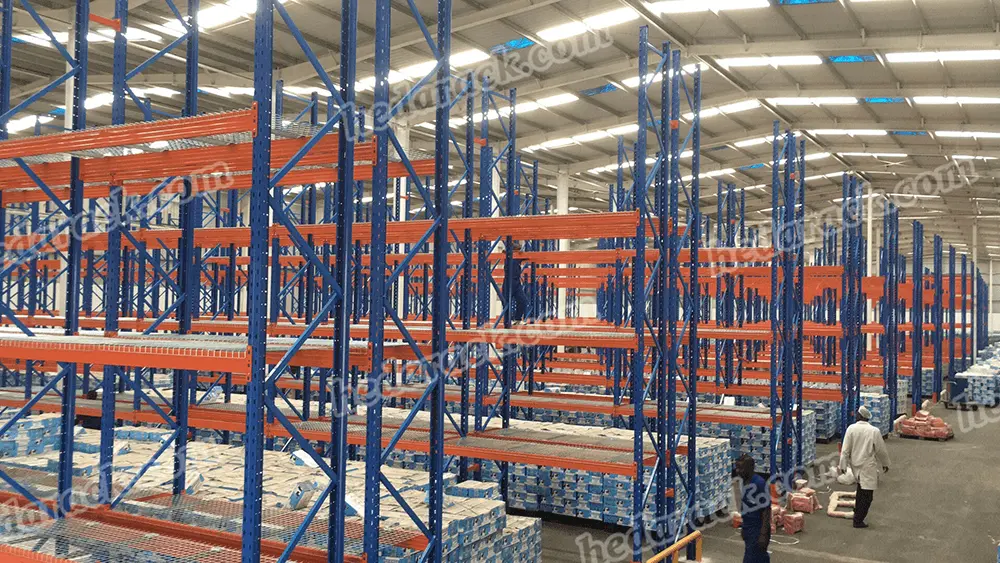A very much-planned storage plan is pivotal for boosting proficiency and efficiency in a warehouse. It ensures that products are put away and coordinated in a precise way, empowering easy openness, efficient space use, and smoothed-out tasks. This article gives important bits of knowledge and rules on the most proficient method to design a successful storage plan for a warehouse.
Prior to leaving on the planning cycle, dissecting the particular requirements of your warehouse is significant. Consider factors, for example, the sorts of merchandise being put away (e.g., transient things, delicate products, cumbersome things), their volume, weight, and the recurrence of development. Understanding these requirements will assist with deciding the most appropriate storage arrangements.
Efficient space usage is vital to a compelling storage plan. Start by assessing the warehouse layout and making a plan that boosts accessible space. Consider factors like floor space, roof level, pillars, and passage and leave focuses. Utilize innovation like warehouse management systems (WMS) and PC helped plan (computer aided design) programming to assist in the layout arranging process.

Categorize products based on their qualities, demand, and recurrence of access. This step decides the appropriate storage systems and areas inside the warehouse. Consider utilizing methods, for example, ABC examination, which categorizes things into bunches based on their worth and importance to the business. This empowers the position of popularity or high-esteem things in easily open areas for faster picking and restocking.
Based on the analyzed requirements and item order, pick appropriate storage systems that optimize space and openness. Normal choices include:
Ideal for putting away mass amounts of comparable things on pallets. Choices, for example, selective racking, drive-in racking, and push-back racking proposition different degrees of availability and storage thickness.
Appropriate for more modest things or products that require easy availability. Choices incorporate static shelving, versatile shelving, and container shelving.
Utilize vertical space by introducing moderate levels inside the warehouse. Mezzanines give extra storage space to lightweight or non-palletized things.
High level systems that utilize mechanical innovation to naturally recover and store products. AS/RS arrangements can essentially improve proficiency and lessen work requirements.
Efficient material handling processes are fundamental for consistent warehouse activities. Plan the layout to limit superfluous development and lessen travel time. Lay out plainly stamped pathways, assign explicit areas for stacking and dumping, and optimize the situation of gear like forklifts and conveyors.
Implementing an inventory management framework incorporated with the storage plan keeps up with exact stock levels and works with efficient request satisfaction. Such systems can follow stock development, give ongoing permeability, and create reports to optimize inventory control.
Safety ought to be a main concern while designing a storage plan. Ensure compliance with nearby safety guidelines, implement appropriate signage, use safety gear, and train warehouse staff on accepted procedures. Also, consider fire safety measures, crisis exits, and sufficient lighting throughout the office.
Planning a viable storage plan for a warehouse requires cautious investigation, vital preparation, and a profound understanding of the particular requirements of the office. By upgrading space usage, selecting appropriate storage systems, implementing efficient material handling processes, and using innovation, organizations can improve efficiency, smooth out tasks, and at last accomplish higher consumer loyalty. With a very designed storage plan set up, warehouses can expand their true capacity and fulfill the needs of a dynamic and serious market.